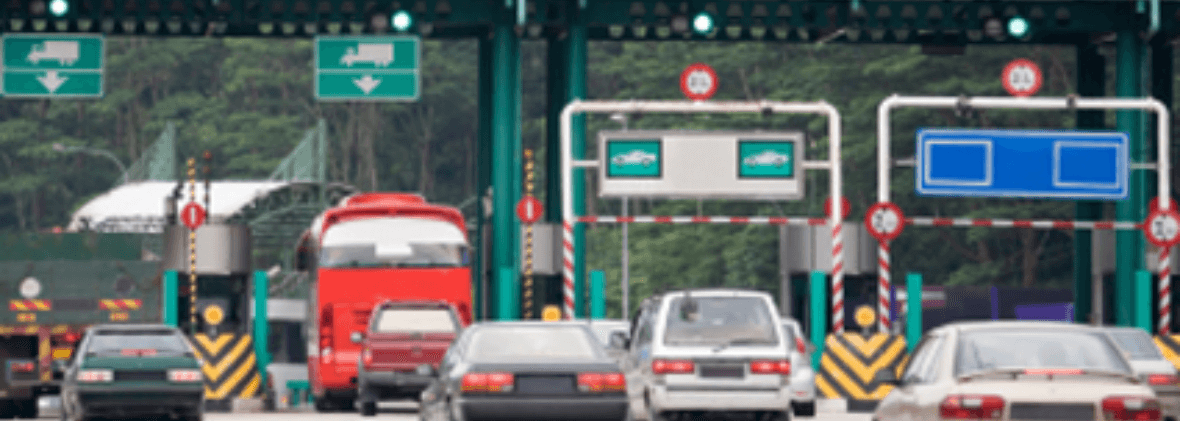
Guide to Traffic Light Installation
The traffic light has come a long way since its inception in the mid-19th century. The original traffic signals consisted of green and red lamps operated by a police constable. The first automated lights appeared around 1920 and were controlled by manual or electrical devices.
With the advent of the microprocessor, computer systems now control traffic lights' timing and function.
What Is the Process for Seeking Traffic Light Approval?
The request for a new traffic light often originates from citizens who voice concerns about safety to their local government or as part of a new construction project. Engineers conduct a study to gather data regarding traffic patterns, speed and volume at the designated area. They use this information to develop a timing plan designed to maximize traffic flow and minimize the risk of accidents.
The engineers will provide their findings to the municipality for approval. Installing a traffic light is sometimes controversial — some citizens may not agree on the need for the signal or want to absorb the cost. A public meeting may be necessary to resolve the issue.
If the local government votes to move forward, it must complete an application for a permit to install and operate a traffic signal and submit it to the state's Department of Transportation for review. The Department will determine if the location warrants a traffic light.
How Long Does Traffic Light Installation Take?
Once the state approves the application for a traffic light, the next step involves developing design plans for the project. This process includes preparing the required environmental and right-of-way documents. The municipality will then open the project to electrical contractors for bidding.
The entire process — from conducting the engineering study to installing the new light — can take up to two years or longer. Delays can occur due to funding issues or if the state has a backlog of projects. The cost to purchase and install a traffic signal can range from $200,000-$500,000. Annual maintenance expenses are approximately $8,000.
What Equipment Do You Need to Install Traffic Lights?
Contractors need a wide range of equipment to execute a safe, efficient and cost-effective traffic signal installation project. Besides the rigging, mast arms, poles and other support structures, utility trucks and aerial lift work platforms are essential for elevating structures and crew members. Arrow panels play a crucial traffic control role in protecting motorists, pedestrians and workers throughout the project.
For many contractors, renting the equipment they need offers the most practical and cost-effective solution. They can acquire the specific pieces the job requires without making a long-term financial commitment. These businesses can also choose the term length that best fits their time frame and budget.
The Cat® Rental Store Has the Right Traffic Light Installation Equipment
The Cat® Rental Store location near you is your one-stop headquarters for high-quality traffic light equipment rentals you can trust for your project. You'll benefit from our dealer network's competitive rates, flexible terms and exceptional service throughout the process. Call us at 1-800-RENT-CAT or contact us online for a fast quote.
Find The Cat Rental Store Near You